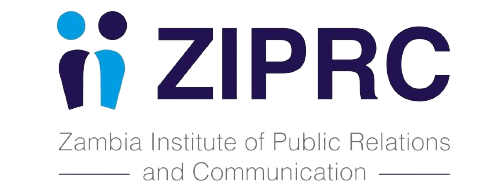The organizational structure of ZIPRC is at four levels as shown below:
2.1.1 Annual General Meeting (AGM)
The Annual General Meeting (AGM) is the supreme organ of ZIPRC that is responsible for holding annual meetings to consider and approve reports, audited accounts for the preceding financial year, and elect members of the Council when an election is due as provided for in the Constitution.
2.1.2 ZIPRC Council
The elective Council is mandated to oversee the operations of ZIPRC as provided for by the Constitution, the General Rules of Procedure, the Code of Ethics, the Disciplinary Code and other documents so developed for effective functioning of the Institute. The Council is responsible for the management and control of the affairs of the Institute. It has the power to appoint office-bearers and staff for the Secretariat, as well as appoint Committees, and delegate powers to them as stipulated in the ZIPRC Constitution. The following is the composition of the Council;
- President,
- Vice President,
- Secretary,
- Treasurer,
- Five Professional Council members
2.1.3 Secretariat
The Secretariat has the mandate to manage the affairs of ZIPRC on the day to day basis. It has the power to take actions, to regulate all matters not otherwise provided for in the Constitution and to do all things which may be necessary for attaining the objectives of ZIPRC. The full functions of the Secretariat are provided for in the ZIPRC Constitution.
2.1.4 Regional and Special Interest Committees, such as Accreditation, Fundraising, Publicity and Disciplinary.
The function of each special interest committee or chapter is to undertake certain tasks and fulfil specific responsibilities related to organising events and providing specialized services for registered members of ZIPRC belonging to any of these special groups or chapters, as the Council may determine and in accordance with the General Rules of Procedure for Committees as prescribed in the Constitution.
